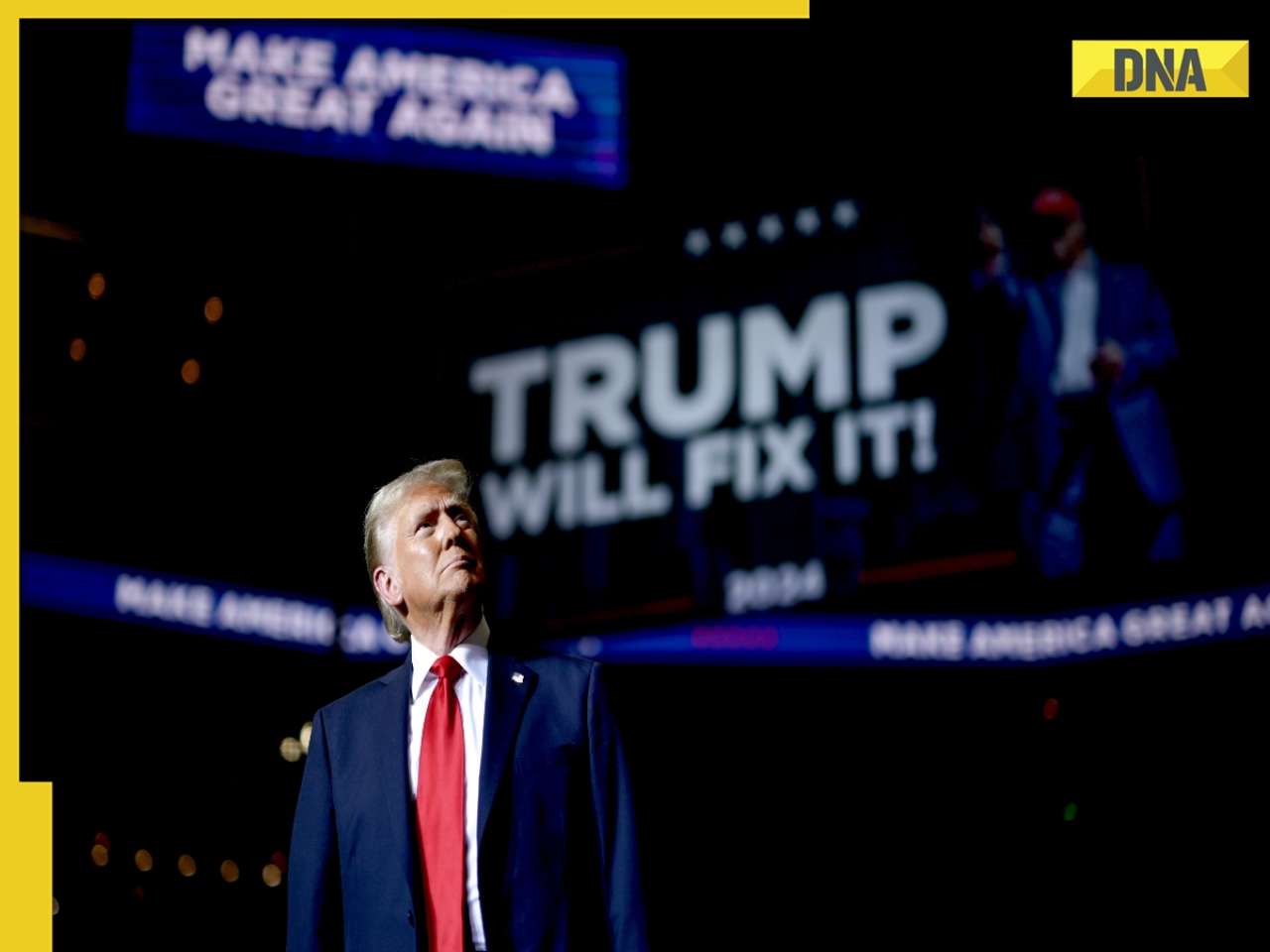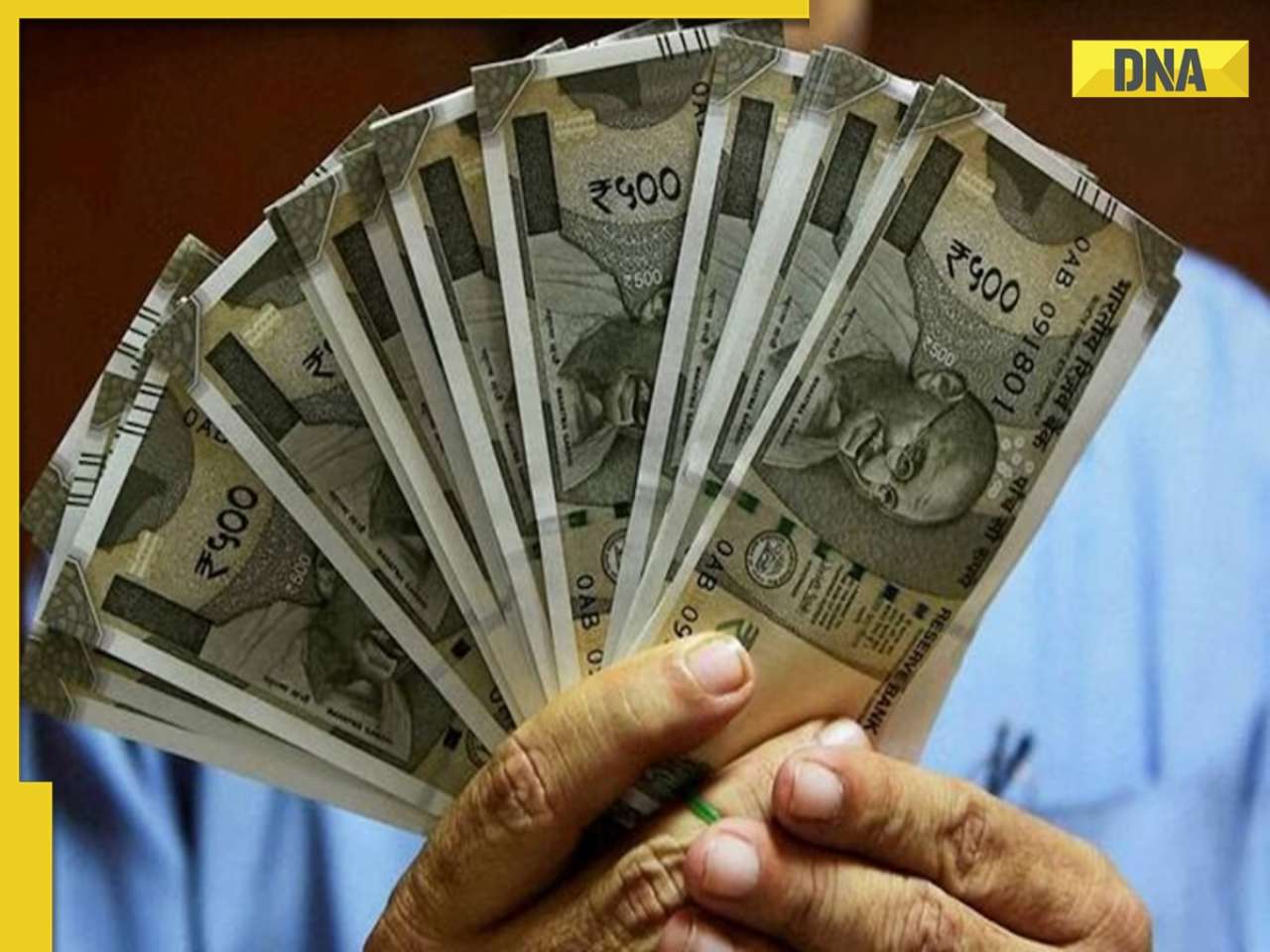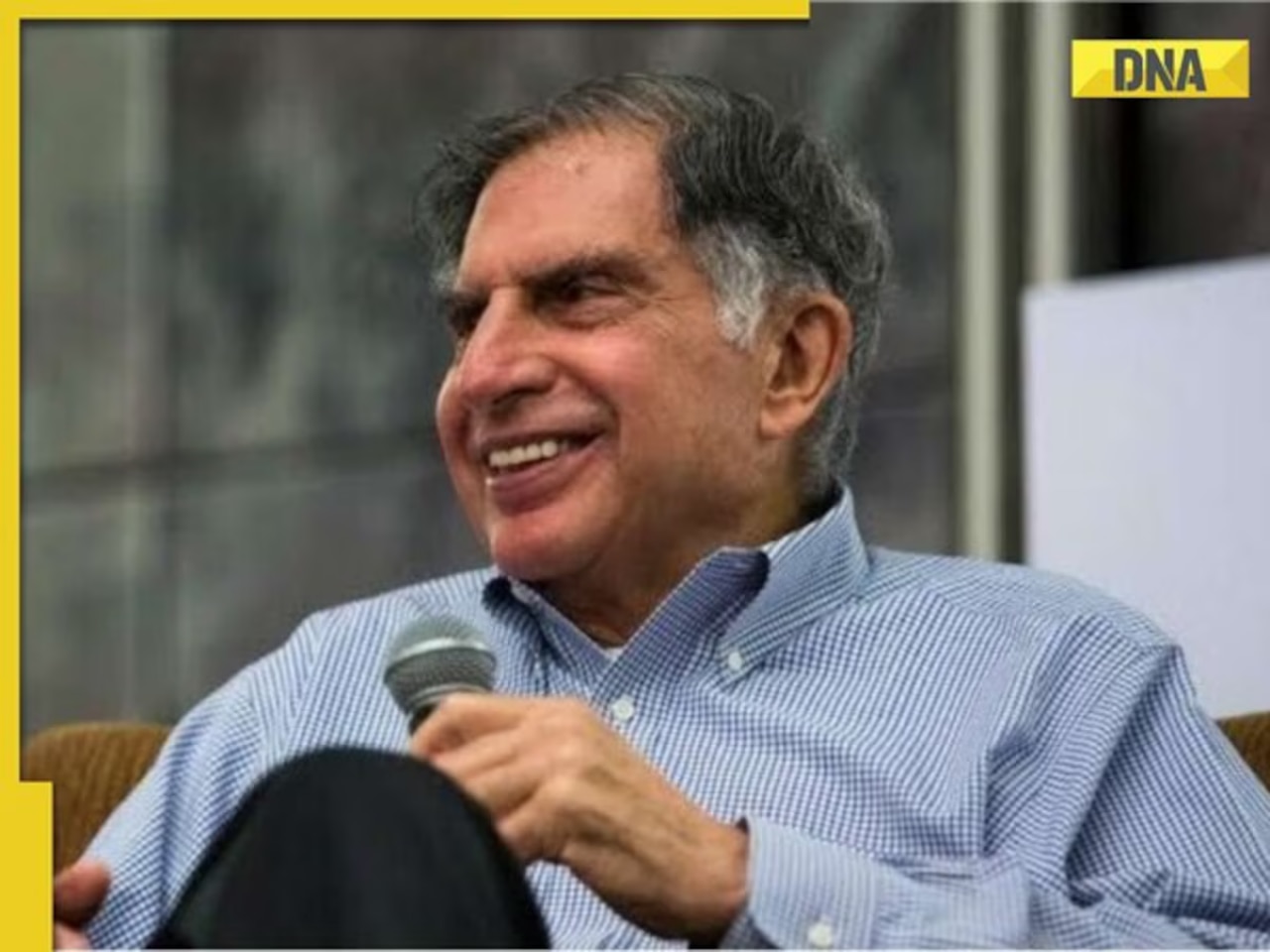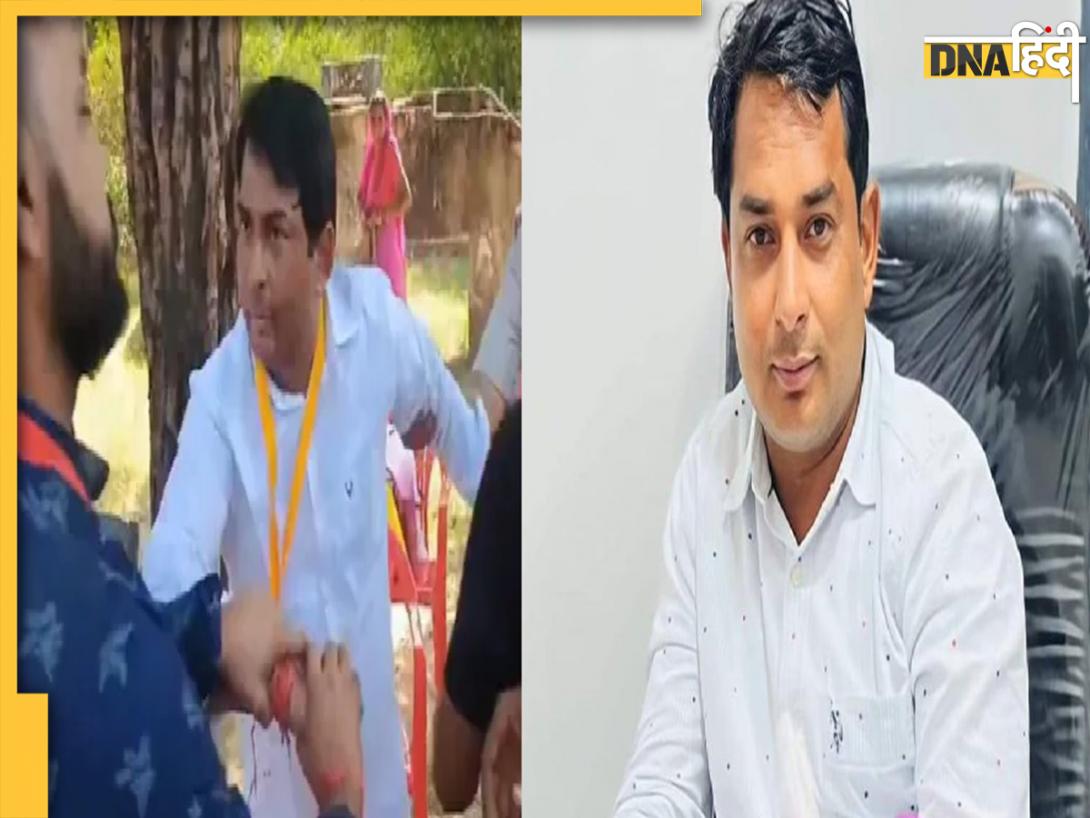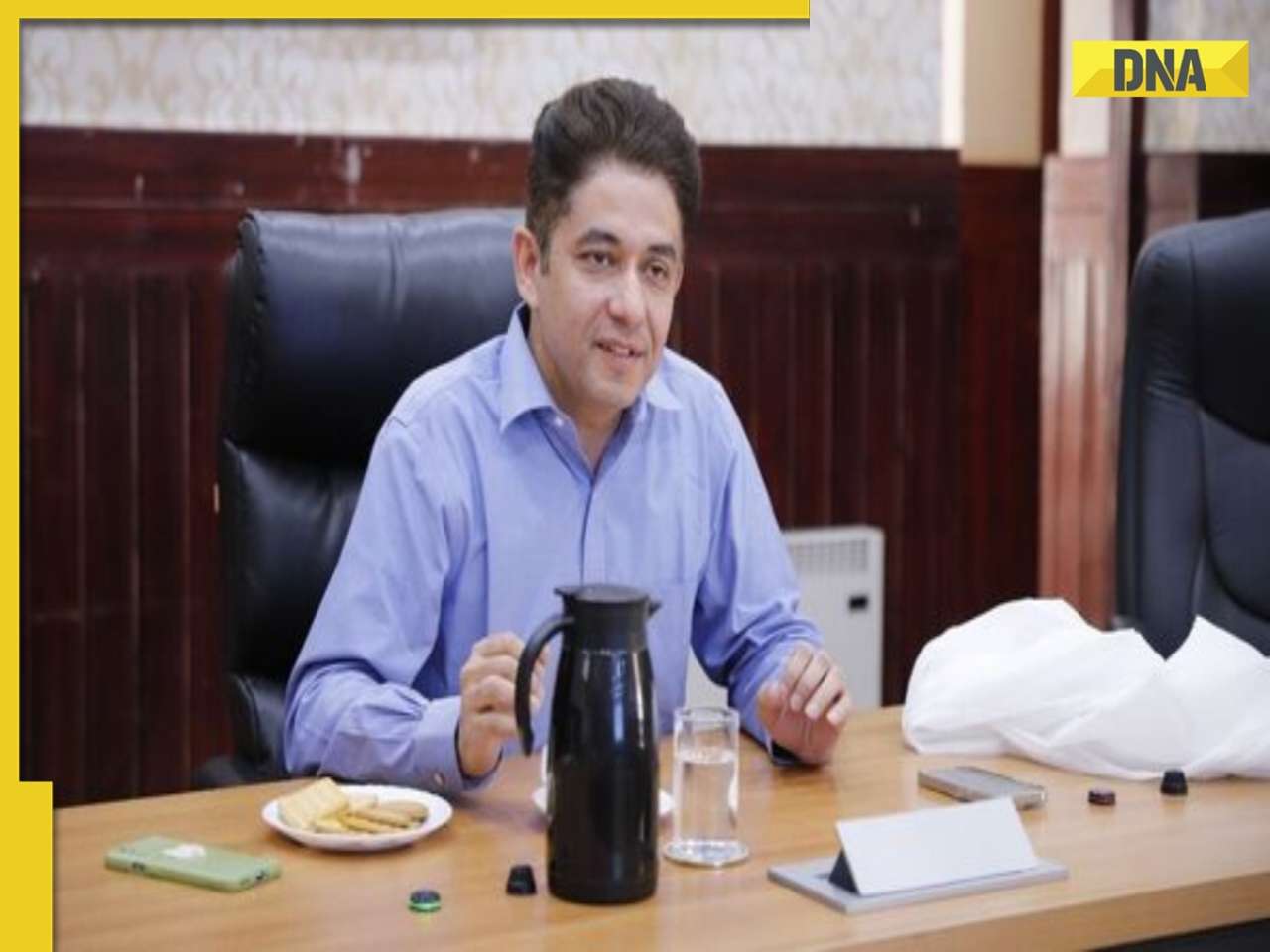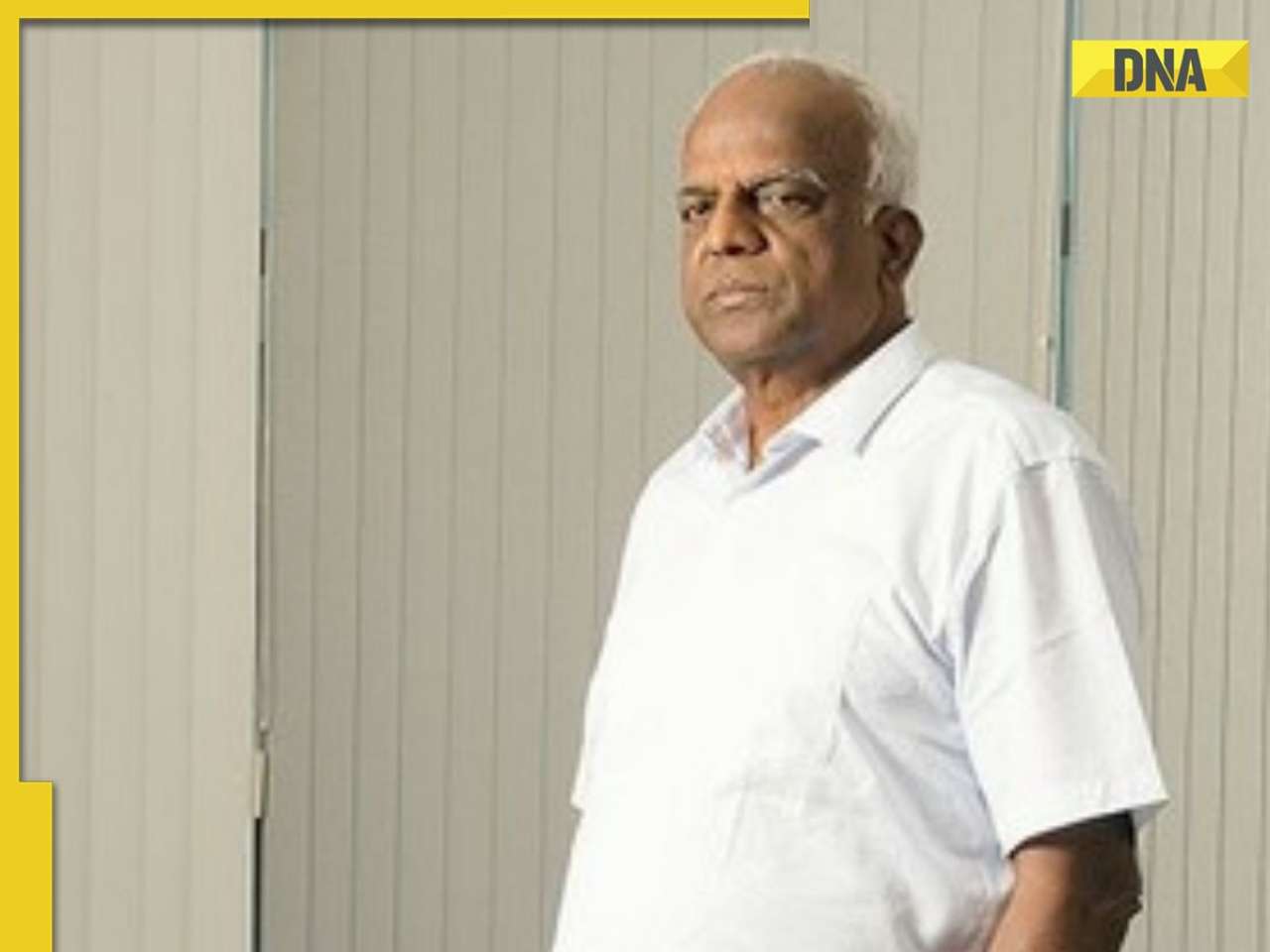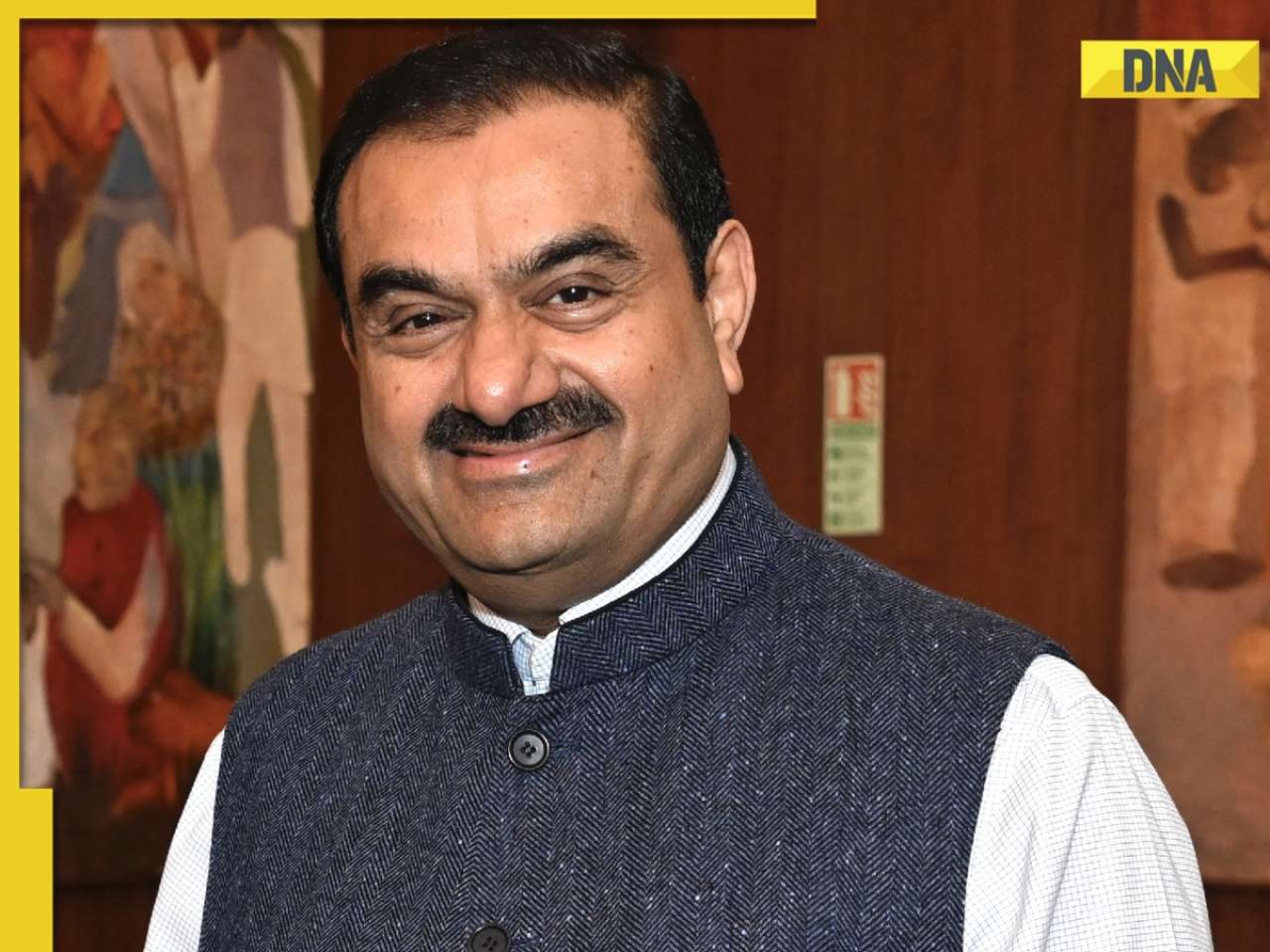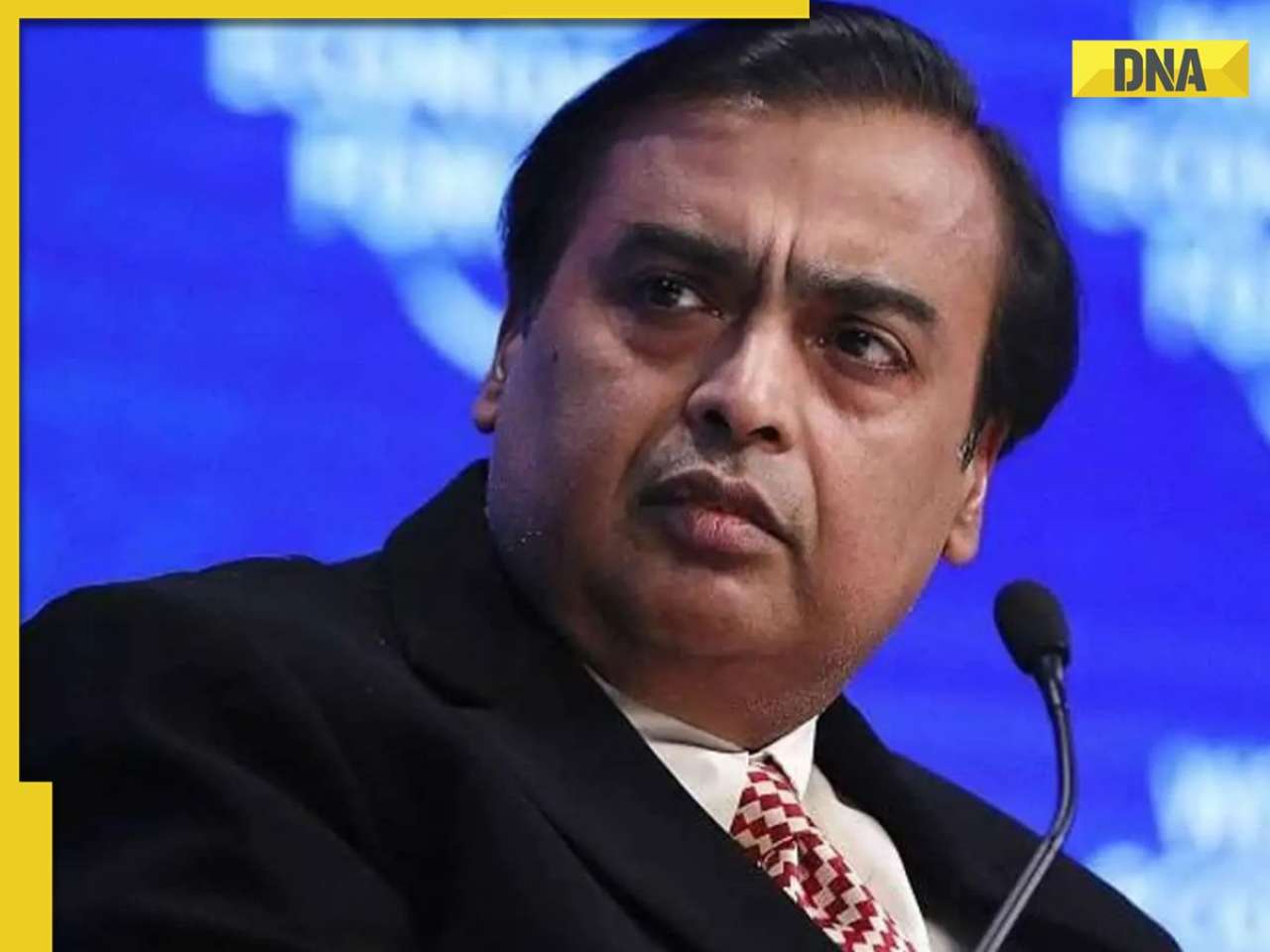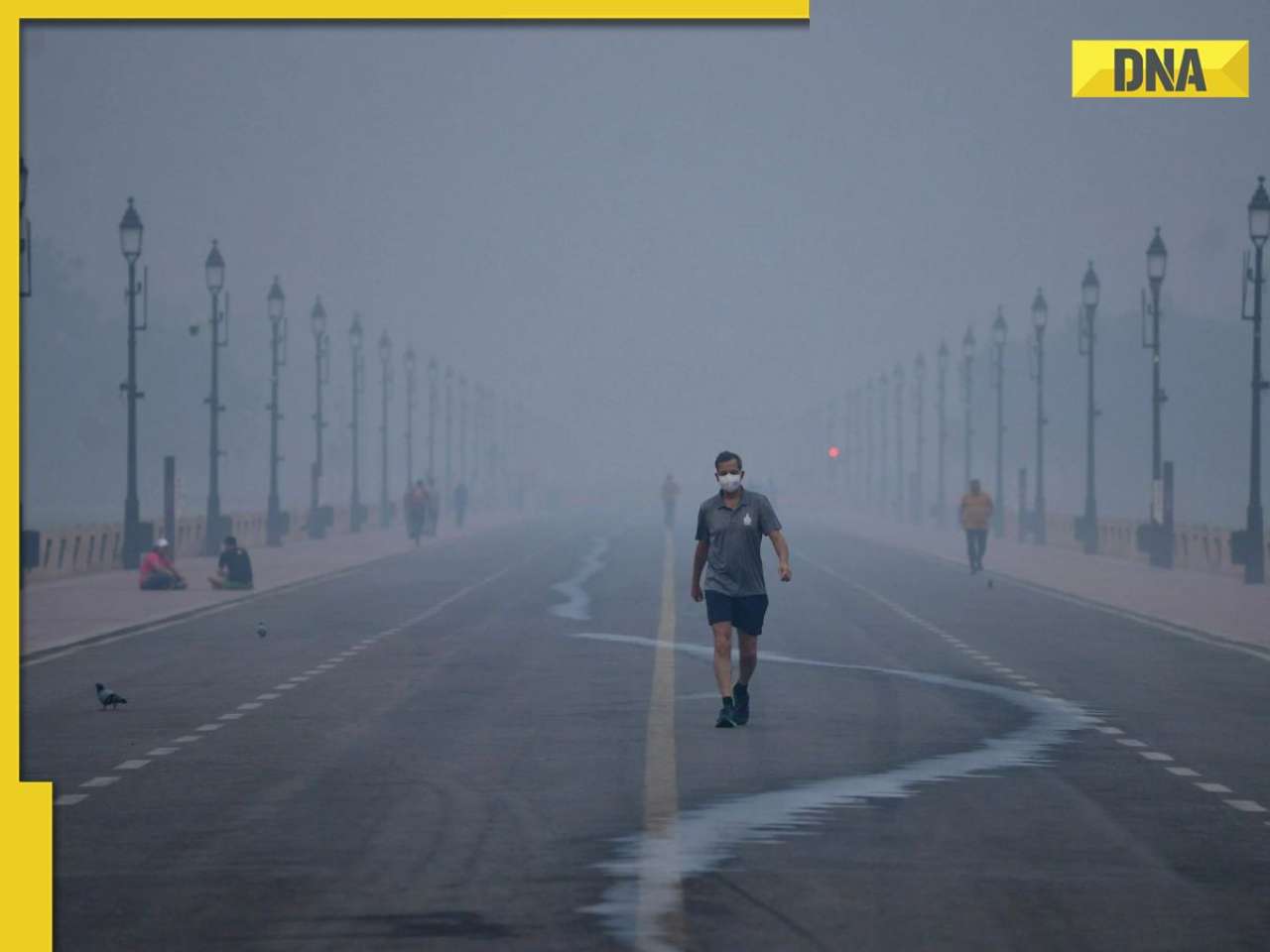- LATEST
- WEBSTORY
- TRENDING
SPORTS
India's dope monster raises its ugly head again
It is said that if Lalit Bhanot was not in Delhi’s Tihar, the tainted athletes would have escaped. Historically, AFI, sports ministry and SAI have been too casual in their approach towards the doping menace.
TRENDING NOW
Also check: India’s most infamous doping cheats
It is said that if Lalit Bhanot was not in Delhi’s Tihar, the tainted athletes would have escaped. Historically, AFI, sports ministry and SAI have been too casual in their approach towards the doping menace. India is unlikely to have learnt lessons from the latest scandal, writes Norris Pritam.
Doping monster has again raised its head in India. Even though it involves just eight athletes, accused of using banned substance, the incident has shaken the conscience of the entire nation.
These were the same athletes who were feted for their golden performances at the Delhi Commonwealth Games and the Guangzhou Asian Games. But the likes of A Ashwini, Sini Jose, Priyanka Panwar, Juana Murmur and Mary Thomas are now running for cover.
The aggressive electronic media has brought the issue live to drawing rooms. Debates, discussions and view points are flashing 24x7 on TV channels. But the problem is nothing new in India. It existed much before the arrival of the byte soldiers on the scene.
The current problem does not stop just here. It has far reaching consequences. Dr M Jegathesan, a member of the medical and anti-doping commission of IAAF says, “Yes, I am following this case. This offence is post their Games (CWG and Guangzhou Asiad) performances and any sanction cannot be backdated unless there is other non analytical evidence such as whistle blowing or confessions etc which may surface at a hearing or a court case.’’
Jegathesan was referring to stripping of gold medals won by the women’s 4x400 metres relay at the Delhi Commonwealth Games and Guangzhou Asian Games, in case it was proved that the athletes in question have consumed a similar banned substance during that period. A top official of AFI refused to be named but was categorical that a two-year ban was imminent on these athletes considering the banned substance in question was anabolic steroids.
Several agencies are making all out efforts to save the athletes from severe punishment though. Sports minister Ajay Maken has told media persons that athletes may have bought the food supplement from outside, thereby hinting that neither SAI nor athletes were at fault. Some media persons also ferried the accused athletes in their vehicles for testing of ‘B’ sample and ensured that the athletes did not speak to other journalists, waiting outside the SAI’s laboratory.
Why just athletes, weightlifters also brought disrepute by entering into the ‘hall of shame’ of Indian sports. But the problem largely remained hidden behind the high walls of the National Institute of Sports, Patiala, due to connivance of officials, technical lacuna and lack of international stars in India.
Earlier, participation by Indian athletes was mostly confined to the Asian Games which world did not take much notice of. With China’s entry to the Games at Tehran in 1974, world attention was focused on these continental Games. And with it, world media and other sporting federations also trained their eyes on the Games and the Chinese. Later, when athletics coach Ma Junren with his suspect magic potion came on the scene, the Asian athletes came under a scanner. This was the time when performances by Indian athletes were also being scrutinised. And there were positive cases too, Sunita Rani’s at the Busan Asian Games being the most glaring. As a result, escape routes are blocked for the defaulting athletes, with a pro-active World Anti Doping Agency (WADA) in place.
All current accused have pleaded not guilty. They have pointed the finger at the food supplements that they are reported to have acquired from the open market in Patiala and elsewhere. But the WADA rules are very simple: anything found in the stomach of an athlete, only he or she is responsible.
Sports ministry wasted no time in sacking Yuri Ogorodnik, the Ukraine coach under whose tutelage Ashwini and Co raised the Indian tri-colour at Delhi Commonwealth Games and Guangzhou Asian Games. But what about the chief national coach Bahadur Singh? Shouldn’t he be questioned? While the can of worms was opening, he flew to Kobe as the chief coach of the Indian squad for the Asian championships. Athletics Federation of India (AFI) had better withdraw his name from the Kobe-bound contingent and explain things.
In such an organised doping scam, Ukraine coach Yuri alone is not to be blamed. What was the role of Indian coaches attached with the camp? After the Guangzhou Asian Games, when Yuri’s contract was not renewed for a few months, Indian coaches were handling the relay girls. There was a gap of a few months before sports ministry bowed down to Yuri’s demand for raise in his contract fee. During this intervening period, girls were reportedly left with banned substance but not Yuri’s wisdom to hide it with a proper masking agent. It was in this period that the ‘damage’ was done. Privately, an Indian coach confessed that some of his colleagues often returned from Ukraine trips with large stocks of these food supplements. It may have been to score a point over Yuri and earn the ministry’s cash incentive for producing medal-winning athletes. AFI never cared to explore this angle or simply ignored it.
Earlier too, AFI has been rather causal in its approach to curb the doping menace. Dramatic fluctuations in the performances of some athletes were a sure pointer that everything was not well.
But it just ignored this and media reports. Often athletes, mainly throwers, were shown as in ‘top’ form before leaving the Indian shores. But in competitions abroad, the same athletes performed much below and disappeared from the stadium. And this has been a regular practice. To the extent that now it is being said that only if Lalit Bhanot, secretary-general of AFI, was not in Delhi’s Tihar Jail, the culprits would have had another lease of life.
The SAI dope test lab got WADA accreditation just before the Beijing Olympic Games. Before that, tests were conducted but no punitive action could be taken against the defaulters as athletes would have immediately gone for legal recourse. Some officials also took advantage of the situation and carried on with positive athletes. In some cases, athletes were tested before international championships to ‘save embarrassment’ abroad. But it broke the basic rule and objective of anti-doping measures that aims at catching offenders not screening them. But the illegal and unethical practice went for quite some time.
In the folklore of Patiala’s National Institute of Sports (NIS), doping tales figure prominently. There were cases when coaches and other officials, tipped off the athletes as soon as WADA’s doping control officer stepped into the vast Old Moti Bagh Palace that houses the NIS.
Then there are reports how urine samples were exchanged to save athletes. All this was reported extensively in media but no agency ever took any corrective measures — be it NIS, SAI, sports ministry or Indian Olympic Association. As far back as 1982, this correspondent visited the NIS complex just after Delhi’s Asian Games when cleaning operation of the hostel rooms was in progress. Loads of syringes and empty vials of banned steroids were being carried in huge boxes.
After the recent expose, Punjab government has cracked down on the chemists, cancelling their licences. But other cities also suffer from doping infection. In Delhi, ever since Jawaharlal Nehru Stadium came into existence in 1982, a particular chemist at the adjoining Khanna Market in Lodhi Road, did a roaring business of banned substances. Now, the stuff is available in Dwaraka, a West Delhi colony. There are some private athletics coaching centres which direct athletes to these shops. Then there are instances when athletes have returned from trips abroad with bag full of performance enhancing banned drugs. On some occasions, they were also caught by the customs at Delhi airport. But friends in the same department ensured that these culprits walked through the green channel.
—The writer is a Delhi-based freelance journalist

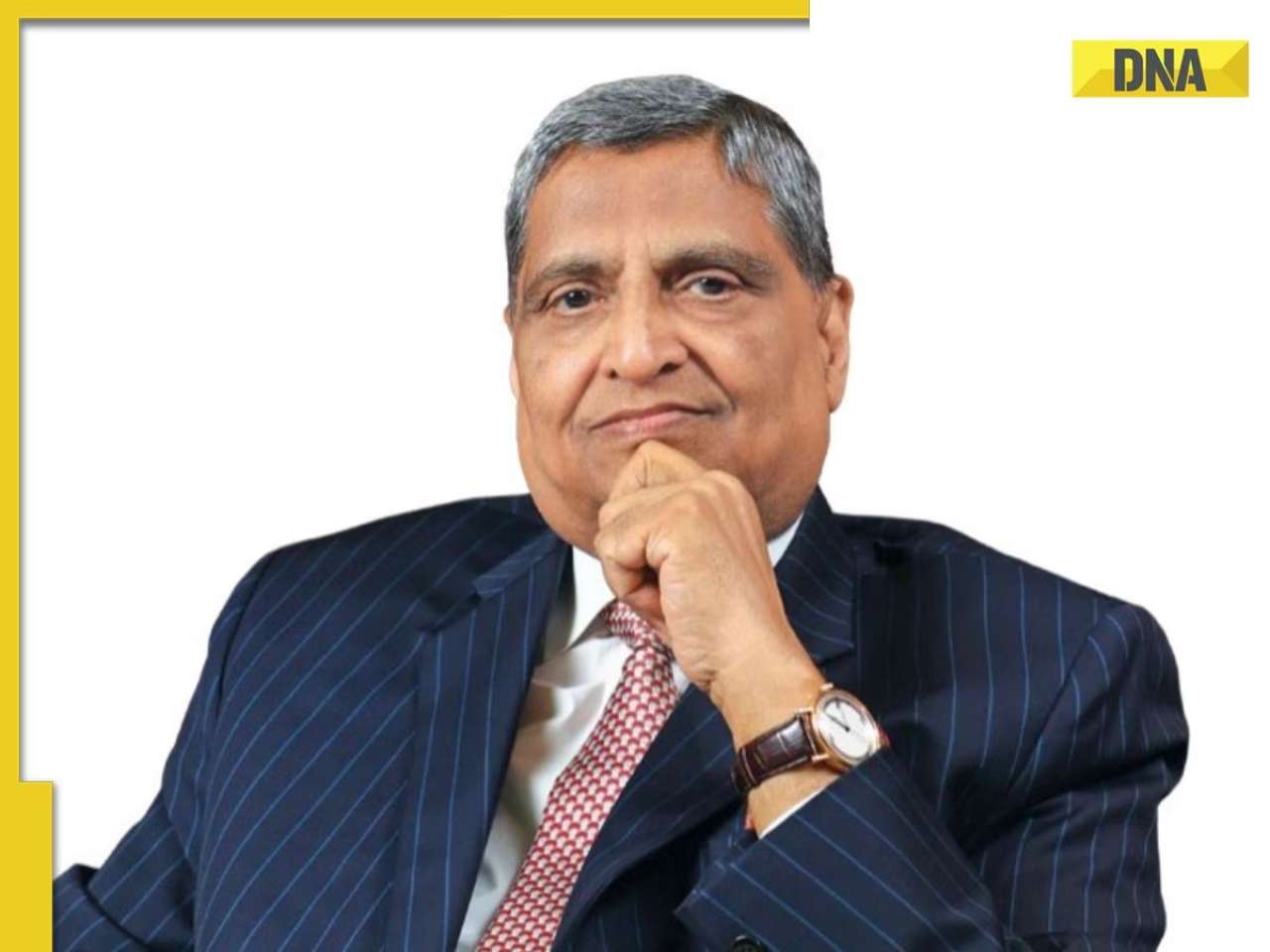






)
)
)
)
)
)
)
)
)
)
)
)
)
)
)







